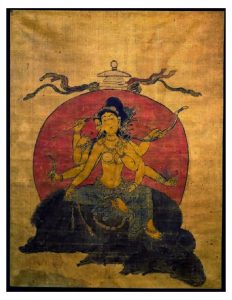https://spiralsofdanu.com/loginThis is document will be added to over time, and covers much of what has inspired The Spirals of Danu Series. Below are links that will take you to bookmarks on this page and will be expanded in due course.
If you have a specific question, then why not ask in the forum
I can tell you pretty much exactly when I had the idea for Demon Goddess (2004 – but more on that later), but the journey that got me to that point is somewhat convoluted.
Ever since I can remember I’ve had an interest in theology. Growing up in a largely agnostic household (my mother was a lapsed Muslim, and my father generally avoided the question), I was curious about the Church of England, The Bible and how it all worked. Much later on, I discovered that my parents were terrified I would become a priest (why this is terrifying, I don’t know, but hey – every parent has their neurosis, right?), and it was only pressure from my grandmother that saw me a get child’s “365 stories from the bible”.
Wholly unfulfilled by this, my attention drifted to Transformers when it was still good.
From the early 90’s onwards, I began to gravitate towards the things that would culminate on that fateful day in 2004. I really go into heavy metal music, and then into occult rock. In particular “Icon” and “Draconian Times” by Paradise Lost, and “Elizium” and “Zoon” by The Fields of The Nephilim.
At the same time, the fantasy films of my youth (“Never Ending Story”, “Legend” and “Red Sonja”) gave way to the likes of “The Prophecy”, “Gattaca” and “The Craft”. Into this heady mix came The X-Files followed by The Matrix – full on conspiracy theories and the idea of a secret world beneath the thin veneer that we perceive. I loved it.
In 1996 I went to university and, during the summer months, I worked as a static security guard at a milk processing factory. Nothing ever happened there, and the only reason I was employed was because it reduced their insurance premium. So, to while away, the 12hrs of boredom I read pretty much anything I could get my broke-student hands on.
Somewhere along the line, I picked up a second-hand copy of “The Mayan Prophecies: Unlocking the Secrets of a Lost Civilisation” by Adrian G. Gilbert and Maurice M. Cotterell. This book dealt with the Mayan prophecy of the world ending in 2012. At the time these counter-establishment ideas were perfect for me, and I began to pick up works by related authors, including Adrian Gilbert, Robert Bauvall and, fatefully, Graham Hancock.
As I left university these ideas stayed with me, but by the early 2000’s the novelty was starting to wane as the pseudo-science was debunked.
And that brings us to 2004.
2004 – The conception of The Demon Goddess
The summer of 2004 found me in an airport, heading somewhere I don’t remember… and the flight got delayed for eleventy billion hours. Not wanting to read all my holiday books in one go, I found a WH Smith and discovered that Graham Hancock had a new book out.
Now it is important to note that I used to be a fan of Hancock. Used to be. I read pretty much all his works up until I got to The Mars Mystery. This was a book that put forward the idea that life on Earth was actually a colony of that from the Red Planet… based on the Face of Mars. Marinate the most tenuous ideas on self-referencing literature for three hundred pages and, by the end, I had decided that I was leaving the conspiracy genre behind.
Still, here was a new book by an author I used to like and I pretty much knew what I was going to get. So, why not? With that I bought “Talisman: Sacred Cities, Secret Faith”, having no idea where it would lead.
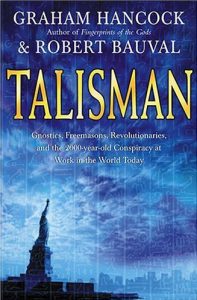
To summarise the book, a global secret religion survives to this day through certain city-planning which marks it out to its adherents. It is pretty thin stuff, albeit quite readable.
What brought about the catalyst for The Spirals of Danu, was that this book introduced me to the Cathars. I like to think of myself as being reasonably well read but had never heard of this Christian sect. And from there, I set about collecting everything I could. In turn, led me to the Bogomils, the Christian Gnostics of Egypt, and a myriad of other dualistic faiths.
There are many competing theological ideas that come from this morass. However, I’m going to give you my personal favourite:
The Gnostics think that the New Testament is brilliant. Love. Redemption. Forgiveness. What’s not to like? They do have major issues with the Old Testament and point out that it doesn’t make sense from the perspective of a Loving Father. The whole expulsion from Eden, torture of Job, and passive-aggressive relationship that God has with Abraham… well, it’s a bit hard to love someone like that.
The Gnostics explain this by inverting the terms “God” and “The Devil” in their version of The Old Testament. The Devil makes the physical plane and incarcerates the Breath of Heaven (the spiritual realm) in clay bodies. God comes down in the form of a snake and reveals to Man their true spiritual nature, and thus begins a divine war on earth.
The idea that the creator of our physical selves is actually our oppressor really struck a chord with me, and that was where the idea of Danu began.
Probably one of the best books that I have read on theology, is a comparative analysis piece called “Myths of Creation” by Philip Freund. It groups myths of creation by themes, and one that resonated with me was the section on water. I like the idea of us all coming from water as well as being creatures mostly made up water.
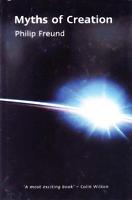
I have numerous encyclopaedias on mythology, symbols, and fantasy creatures. When I was researching The Spirals, Danu kept coming up over and over again – a strong water deity, whose principle symbol was the whirlpool-shaped spiral. It helped that various iterations of this symbol appeared in a variety of global religions, but what really nailed it was the Tuatha.
Broadly, the Tuatha are believed to have been Danu’s people in Irish mythology and possessed magical powers. There are many stories about them – most of them a little strange – but this led me on to reading about the Welsh myths and sagas. Here it was that I read about Celus and the Coraniaid.
A Gathering of Twine & The Beggar of Beliefs – The core characters
I knew that I wanted The Spirals of Danu to be an occult conspiracy series, but my early drafts were more in a theological mystery bent with the main character being Devon Tate – George’s son – as he searches for the father who abandoned him.
At this juncture, it is worth saying that every author works in his or her own way. We all have our own process. For me, I interview the characters. I sit and speak to them out loud, and then refine what they tell me into a story.
With the early drafts, Devon was always in the room, but his voice was never the strongest. Which is odd, because he is largely based on me. From that you can infer that George is based on my father (and a bit of my grandfather too), and Irene Tate (nee Altera) is based on my mother… make of that what you will.
However, the most consistent voice over the years has been Celus in his various guises. Unusually, Celus is not based on anyone. He is someone that I created, and yet he has assumed a life all of his own. I won’t say that he and I are friends – our relationship doesn’t work that way – but we both recognise the necessity of the other. And so we make it work.
Even Celus isn’t entirely sure how old he is. When Greine first came to his tribe, Celus’ father told him stories of floods and rains – a great deluge. Using modern understanding, Celus and I agree that he is probably between eight and twelve thousand years old. However, he is keen to point out that he looks good on it. Plus the vagaries of the Heorte Rift might take some off. Or add some on. It’s hard to say.
One of my favourite inventions, The Raven Men have multiple origins, depending on which day you ask me.
One my favourite movies is “The Crow”. I love everything about it. The music. The cinematography. The dialogue. It was also the first 18-Rated movie I was able to sneak in and see (I was 15 or 16 at the time) at the cinema.
Originally, The Raven Men began as a straight inversion of Eric Draven. Where Draven was guided by The Crow to seek a just vengeance, so The Raven Men were led by the Demon Goddess to acts of indiscriminate carnage to bring people to their knees.
However, as my premise developed, so The Raven Men began to splinter. Whilst, on the surface they appear to be a unified whole, there is deliberately much subtext not just to their true creators, but also how they serve The Outer Dreamer.
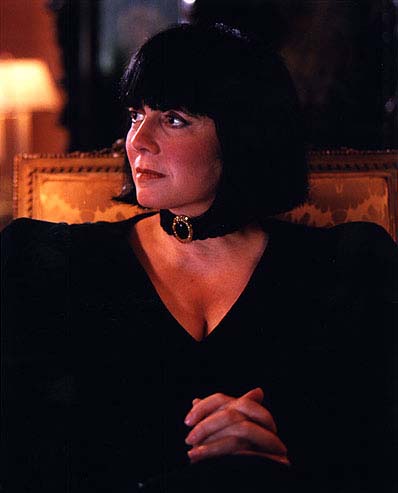
This, in turn, led to the creation of various Nests – chapters within the order, some of whom believe in very different things to others.
When conceiving of The Raven Men, it was clear that I could not use the look of Eric Draven. Whilst the author, James O’Barr, cites the features of Iggy Pop, it was clear that if you saw that creature walking down the street you would know that something was up.
This led to the physical appearance of the Raven Men. There were several iterations, but ultimately I was driving for something along the lines “strangers with the eye of angels”. Eventually, this lead to the human-but-not-quite look of Marfan Syndrome. The elongated features, and particularly the fingers lead to an other-worldly feeling, whilst retaining a semblance of humanity.
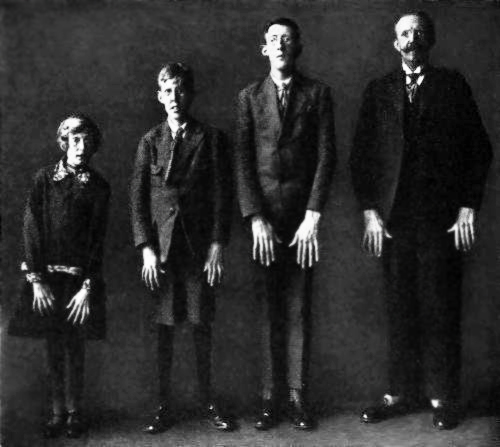
Memory is a funny thing. If you ask two people to recount the same event, you will get two very different versions.
Keep the above statement in mind when considering the following. It was sometime around 2005 when I was introduced to the scholarly works of Bart D Ehrman, who wrote both “Lost Scriptures” and “Lost Christianities”. These books focus on the political machinations of the early Christian Church when it came to deciding what was and what was not included in the new Testament.
This particular rabbit hole led me to research other versions of the bible, and in turn variations of Genesis.
One that stuck with me was this:
“In the beginning was the word, and the word moved across the waters of the void, calling land from the deep and heaven from the sky until God’s shadow fell across all creation.”
I like this because it reads that God’s word was so powerful that he literally called himself into being.
The only small problem is that no version of that bible exists. I dreamed it… or imagined it, or something. I’ve been through all my reference books and even searched online, and this passage does not exist in any version of Genesis.
I have a number of false memories – things that can absolutely not have happened (and I know that they can’t have happened), but yet still I remember them happening. This (I think) is the only Spirals related one, and even though the above passage is the result of some sort of daydream, it has stuck with me.
If God’s word have power, then why not The Raven Men? And if they too, then could these words not be learned by humans? Thus was born the whole complexity of, and it really it a fun sandpit to play in.
The Eye, The Nazar, & The Black Sun – symbols and signs
Having begun my creative birth in the conspiracy-drenched tales of The X-Files and Graham Hancock, it was only a matter of time until I came upon the Illuminati.
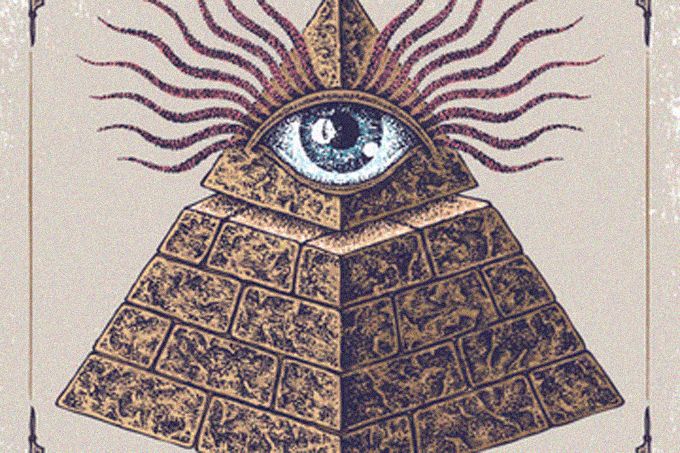
Whilst I was struck by their symbolism, I found the notion that a super-secret new world order of the world’s most powerful individuals could not suppress a few books and websites to be ridiculous. I’m not saying that I don’t believe in super-secret new world orders… just not the Illuminati.
That said, I did like the idea of an All Seeing Eye, and my original designs were that of the Egyptian Eye of Horus. However, my initial sketches just looked like a bad Sisters of Mercy album cover, and so I junked that idea. It was at this point the heritage from my mother’s lapsed Muslim heritage came into play, and I started looking at Islamic art as I was conscious that too much of the Spirals had thus far been based on alternate Christian sects and Northern European myths.
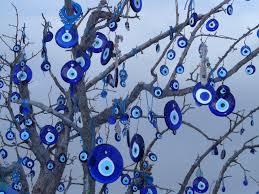
The Nazar quickly became the natural choice for the representation of The Eye of Providence, but it was during this research that I came across the Hebrew Hamsa, which in turn refined the idea of the Nazar.
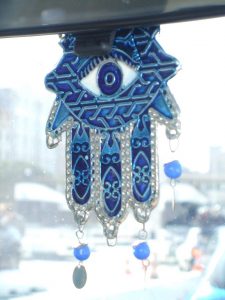
It was during the research of both of these symbols that I came across The Black Sun. This icon is both highly contentious and has an odd origin.
Broadly, the shape is that of two concentric circles, linked by a number of zig-zagging lines, reminiscent of lightening. In some cultures, there a nine lines, in others eleven or twelve.
In European mythology, The Black Sun is a sun wheel, broadly based on a design from the European Iron Age, although it was appropriated by the Nazis as part of their occult drive. Now a banned symbol in Germany, it does appear on the floor of Wewelsburg Castle, and long time fans will have noted the repeated references to that town.
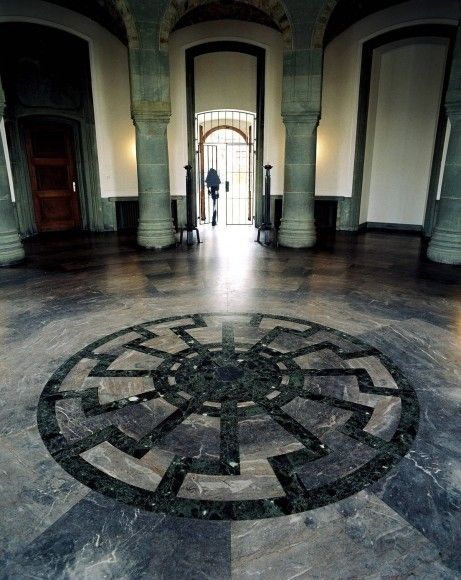
However, the symbol also appears in Mesoamerican art where it is associated with a demon goddess who is known for eating her own children. You can see why I like it. In this culture, it is also known to as “The Womb & The Tomb”, representing both the first thing you see at the start of your life, and the last thing at the end.
It seemed a perfect element to incorporate into the lore of The Spirals, and given its heritage it seemed only right that it go to those fighting the forces of The Outer Dreamer.
Many events have a historical aspect to them. What follows is an incomplete list together with notes:
- The Bunnet Stane (A Gathering of Twine)
This is where Celus and George meet, and it really exists. Further, there really was a solar eclipse there in 1954.
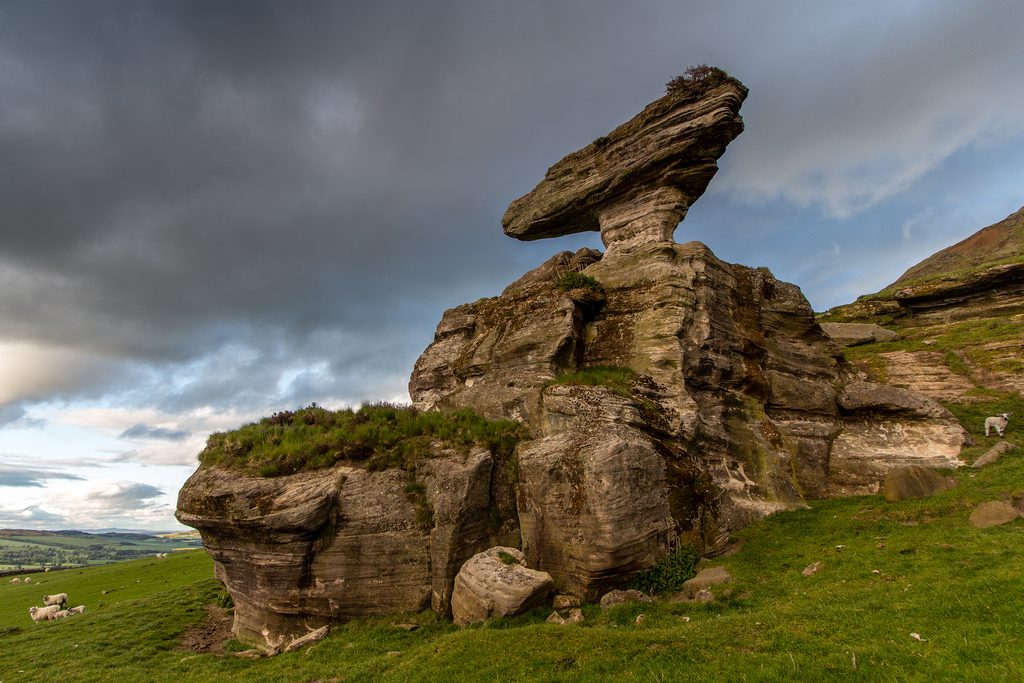
- Maiden Castle
Again, this really does exist… but I have taken liberties with the extent of the ruins.
- Paternoster House, Milton Road, and the site of the explosion
Paternoster House is really a small block of flats, but the location of Milton Road, Swakleys Park, and the rest are accurate. I should know – I grew up there.
- The Cat Stane & Edinburgh Airport
My last “proper” job was Head of Property at Edinburgh Airport, and so I got to crawl around in the guts of the operation for three years. The Cat Stane (where Ryan glimpses Sumerland) is real, and the airport really did suffer subsidence issues caused by forgotten mines.
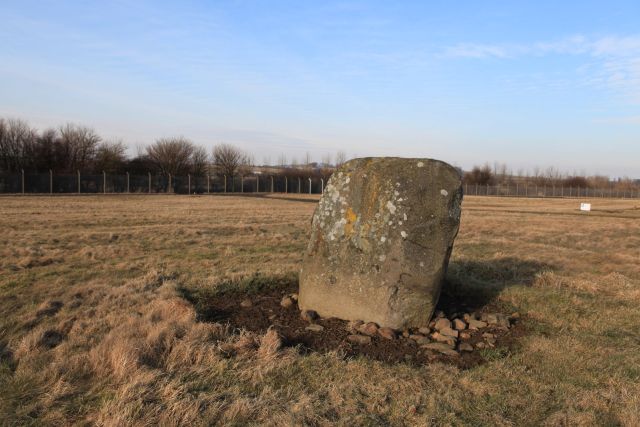
- Jim Jones & The Jonestown Massacre
Broadly, this is as close to possible to recorded history. Isabelle Fernandez-Pitman (Izzy) and her family are fictional, but just about everything else is as it happened. Until Celus & George turn up.
- Pont-Saint-Espirit (The Beggar of Beliefs)
Virtually all of this is genuine. Whilst the conversations are imagined, the actions are based on the testimonies collected in John G. Fuller’s “Day of St. Anthony’s Fire”.
- The Siberia Explosion (The Tunguska Event).
Whilst this is perhaps not as accurate as the events depicted in Pont-Saint-Espirit, this chapter is broadly based on the genuine historical event.
- The Loss of Scandinavian 101
This is a healthy re-imagining of the Starfish Prime experiments and the Saxon song, “747 (Strangers in The Night)”
- The Wow Signal (The Call of The Black River)
This signal, although still contested as to what it exactly was, really was received in 1977. The characters are based on real people, and the locations are genuine too.
- Jion, Japan & Marishiten (The Shackles of A Name)
The vast bulk of The Shackles of A Name is historically accurate. I have long held a fascination with Japanese culture and was fortunate to live and work out there for a time. This enabled me a rare opportunity to research the life of Soma Shiro Yoshimoto (Jion). With the exception of Watanabe, everything has a historical basis. In the records, Jion escaped from his village with his wet nurse, although other sources contest that it was a monk. His quest for revenge led him to several temples, where he was trained in swordsmanship before receiving a divine revelation from the Buddhist Goddess of War, Marishiten.
